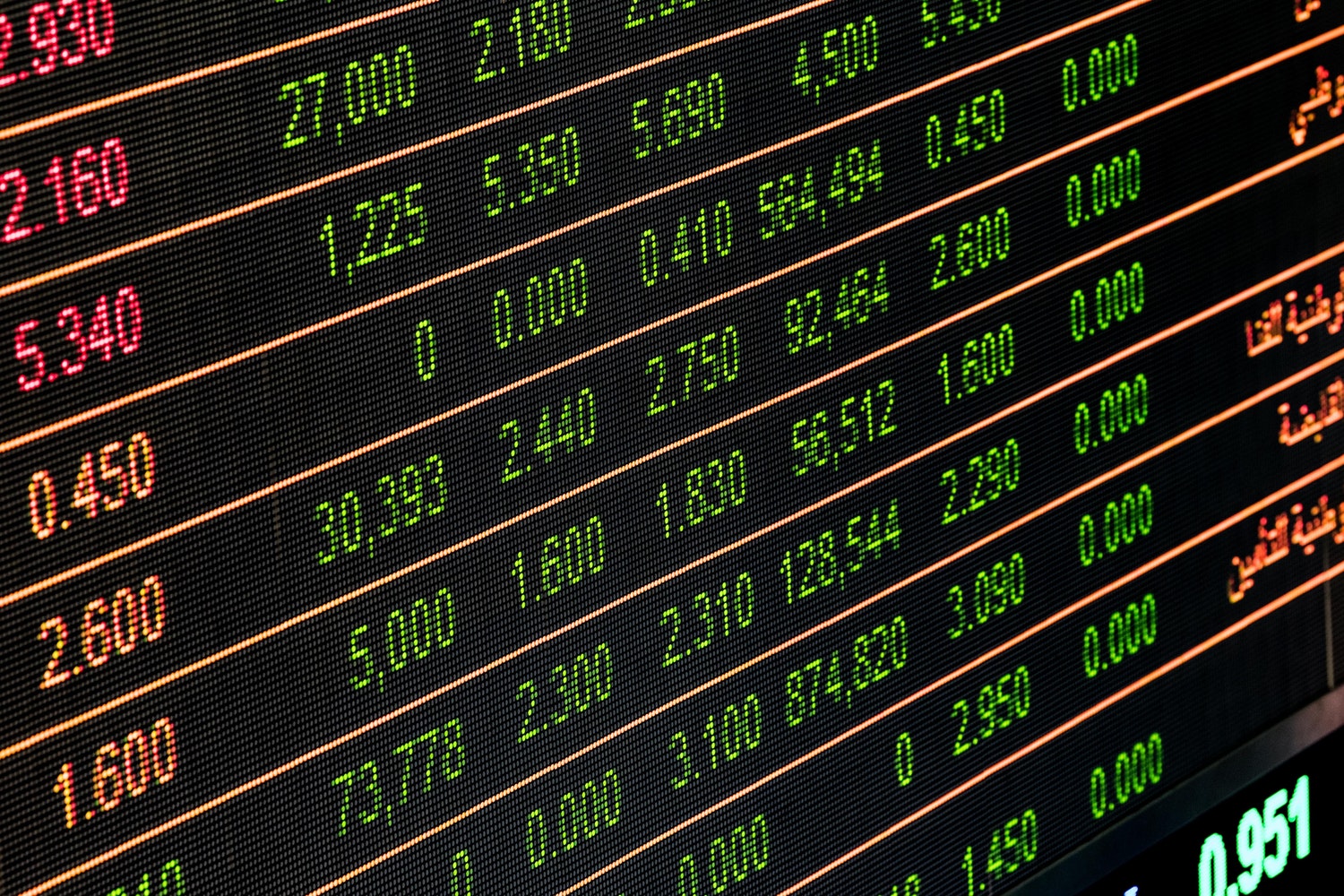“How you go about managing your KiwiSaver account today will determine how you go about managing your life in retirement.”
As with most things in life, luck favors the prepared. It is inevitable you will get to a point in life when you want to kick back and relax and enjoy the fruits of many years of hard work. Sure, some of us may never be able to switch off completely from work but for the vast majority, retirement is a real future.
Assuming you do decide to hang up your hat at the current retirement age of 65, it is very likely we will have to fund our lifestyle over a 20 to 30 year period – the very years when we don’t earn an income from wages or salary. Instead, we will be dependent on the income we earn from all our other assets, as well as the little help we get from Government superannuation. Then there is your KiwiSaver balance – at least for those of us who are members.
In that light, how much your KiwiSaver balance grows to by the time you are eligible to access it becomes critical to the quality of life you spend in retirement. As explained in Part 1 of this series, your preparation now can make a massive difference in the future.
As much as making such long-term decisions is hard, there are a few things you can take into consideration to get you started.
The primary objective is to figure out the ‘type’ of KiwiSaver fund you should choose to contribute your savings into. That will largely depend on your investment timeframe – meaning how many years away you are from needing to access your money.
Typically, the theory goes along the lines of ‘when you are young you can be in a growth or aggressive type fund’. Meaning, if you are say a 30 year old today, you can afford to be in a higher risk fund (typically ‘growth’ and ‘aggressive’ type funds) – given that you have another 35 years to go before you are eligible to access your balance.
But, remember age is only one factor.
How about this – do you need to make an early withdrawal? As an exception to the rule you may withdraw your KiwiSaver balance earlier than the current age of 65 for the purchase of a first home. So if the same 30 year old is saving up to buy a first home in the next couple of years then their investment timeframe is as short as 2 years, not 35. As such, it may be wise for them to consider less risky funds.
What really matters is WHEN you will be withdrawing from your KiwiSaver account. Contrary to popular belief, how old you are, is NOT important to what type of fund you should choose.
The type of fund you choose needs to be appropriate for your time frame. Consider cash or capital stable funds for really short timeframes. Move up to conservative, balanced or growth funds, the longer your timeframe.
One of the biggest risks you will face is inflation. So, the longer you have till you withdraw, the greater the need for you to be in a KiwiSaver fund that invests in growth assets, such as shares. Look up what assets your Fund invests in. Make a short list of eligible funds.
Don’t set and forget. If any change to your circumstances affects your timeframe, review your fund and switch to more appropriate ones.
It is VERY likely that a default fund may not be right for you. If you didn’t make a choice when you signed up to KiwiSaver, most likely you are in any one of nine ‘default’ funds, which are highly conservative and have a low earning potential over time. Find out how your fund is faring here.

